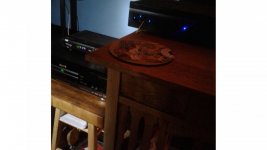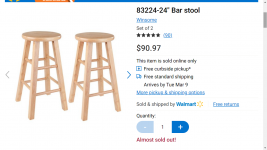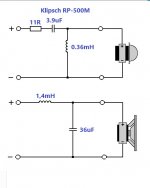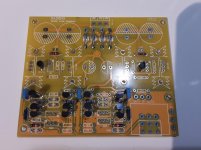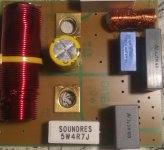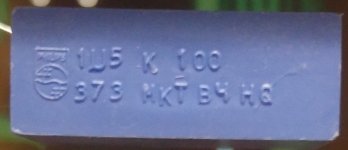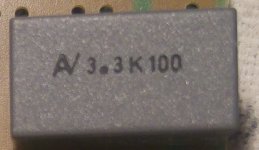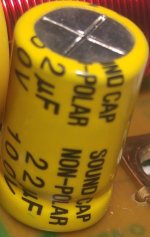Hello everyone. I guess it's to cold weather that does it, but at long last I've spared a little time to review the Phonoclone design.
I've always felt that the weakest link was the voltage regulators, and this is where most of the new stuff is. The phono circuit is unchanged.
Regarding the voltage regulation, to make any improvement one has to first identify what's wrong with the old version. With the standard 3-terminal fixed and adjustable types, I can spot two main areas right from the data sheets, confirmed by measurements:
1. They are noisy. Output noise is measured in mV p-p.
2. They are slow, the bandwidth under which they do their thing is about 2 kHz. Above that they stop being regulators, and let the noise through, too.
As far as their primary functions of removing ripple voltage and keeping the output voltage constant, however, the work just fine. Furthermore, the output capacitor nicely covers for the regulator at higher frequency. However, we have to start from somewhere, so we'll accept that a better regulator will have wider bandwidth and lower noise.
It's been rattling around my head for a while now, and actually I'm pretty sure I floated the idea here some time ago, but I'm actually going to go ahead and try it out this time: namely, try using the same OP27s used in the phonoclone circuit to also provide a low impedance, low noise power source for that circuit.
Since playing around in Eagle is easier than actually soldering stuff on the bench, I've gone ahead and designed the new board. Full size 16x10 cm, and double sided with a full ground plane, just like the old BE boards. The next step is to prototype the regulation unit and measure it to make sure is does actually work as advertised. After that I'll finalize the board and order it from Olimex.
If anyone wants to join me at the guinea pig stage, you are welcome to drop me an email. I'll order extra boards and send them out to you, at cost.
Anyhow, without further ado, here's what the new beasties look like:
both layers shown
bottom layer (signal trace)
Eagle brd and sch files attached.
regards,
/rjm



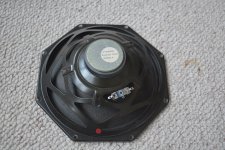
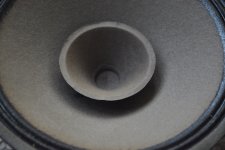
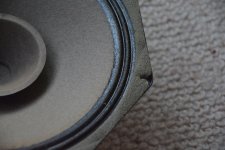

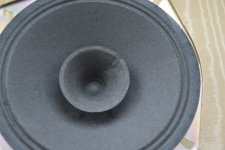
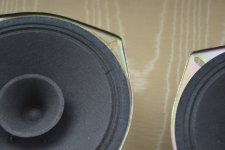
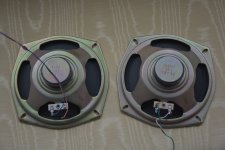
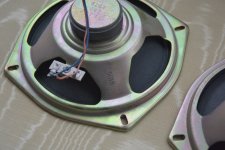

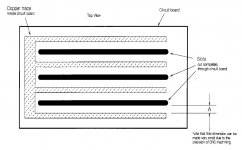
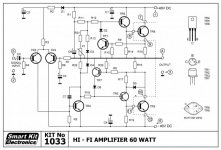
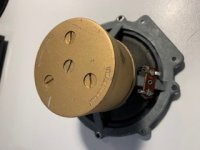
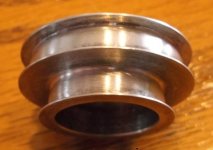
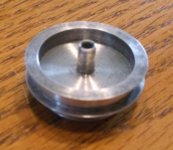
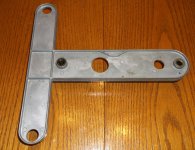
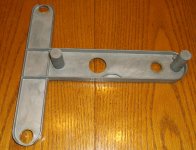
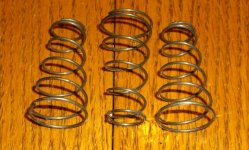
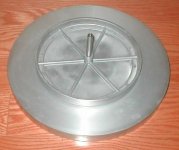
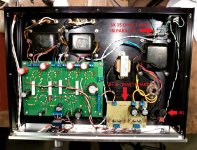
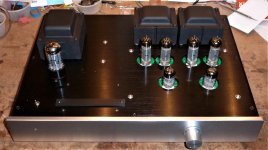
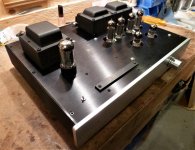
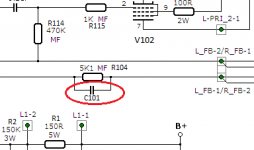
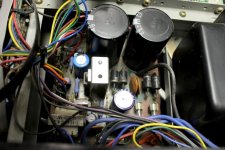
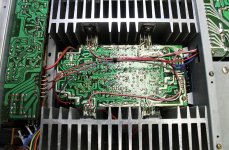
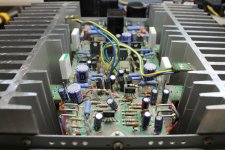
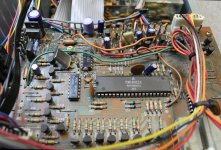
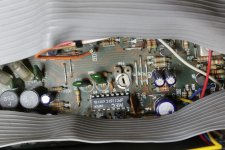


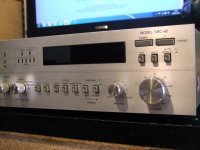
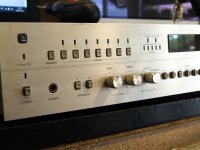

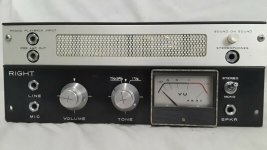
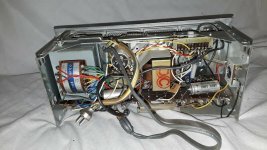
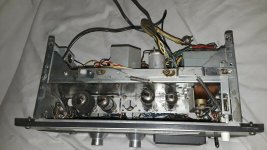
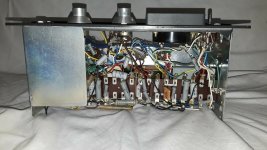
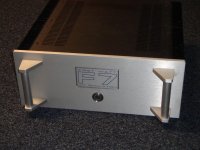
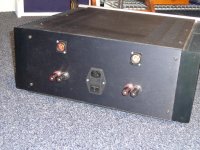


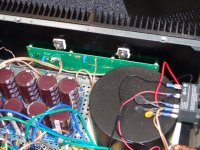
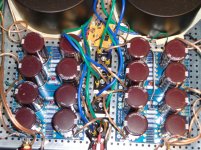
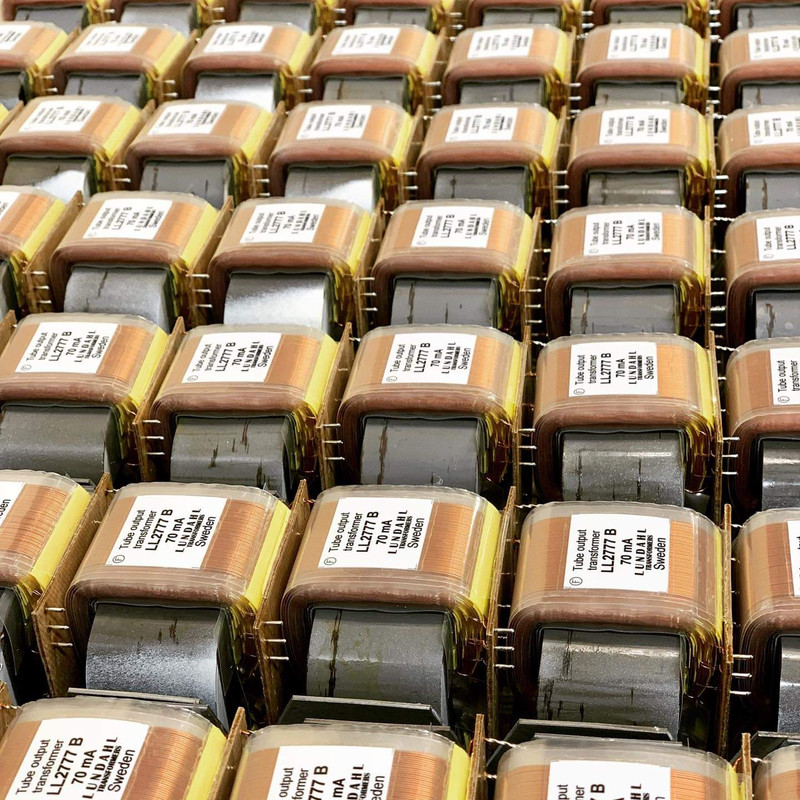
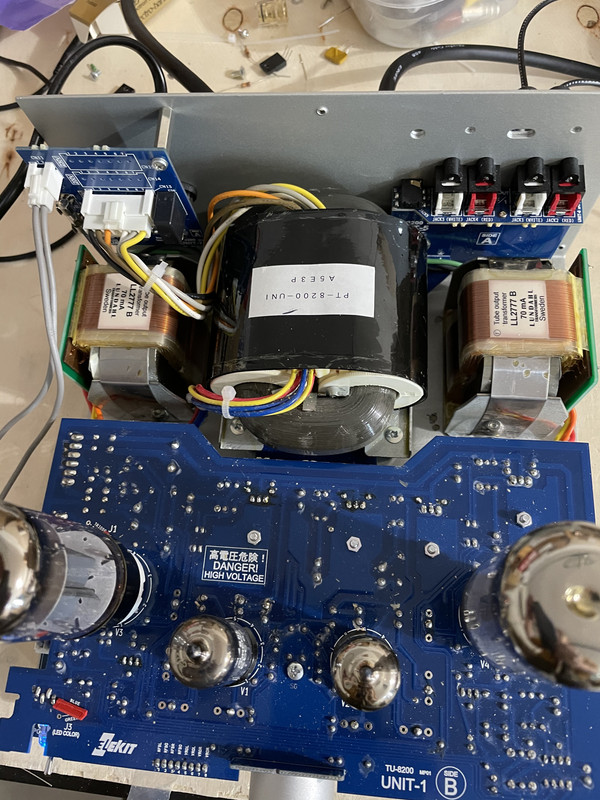
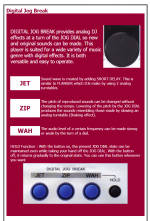
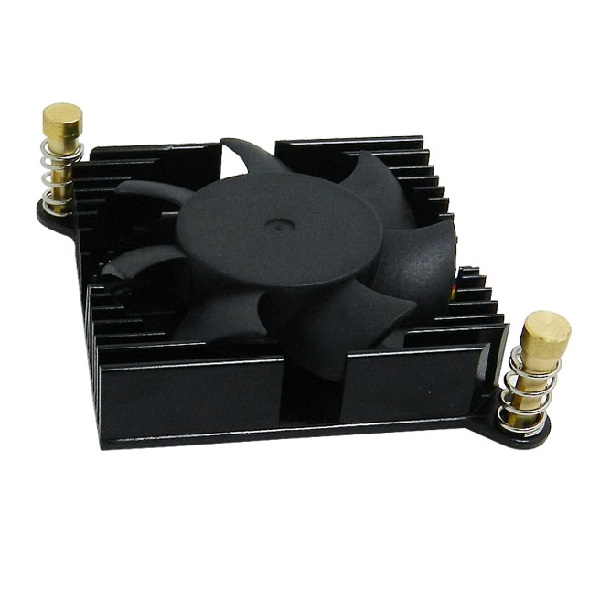
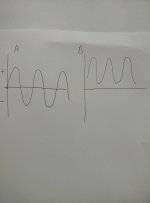
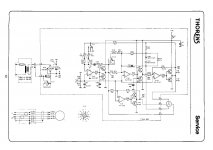
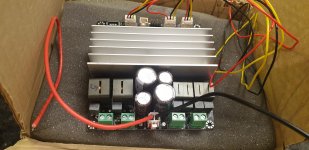
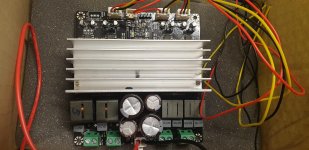
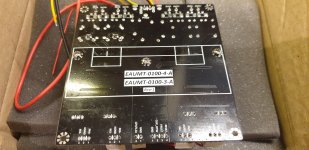
 . When your experimenting a new component where do you usually put it, on a pile of something precariously that doesn't belong, or the floor. Because you dont have one of these
. When your experimenting a new component where do you usually put it, on a pile of something precariously that doesn't belong, or the floor. Because you dont have one of these 
![20210220_103746[2819].jpg](/community/data/attachments/851/851678-816f0fb088de27429957b037c5513616.jpg?hash=gW8PsIjeJ0)
![20210226_212602[2925].jpg](/community/data/attachments/851/851690-539ffb0287e98f060d4ea74b3ad9ecc5.jpg?hash=U5_7Aofpjw)
